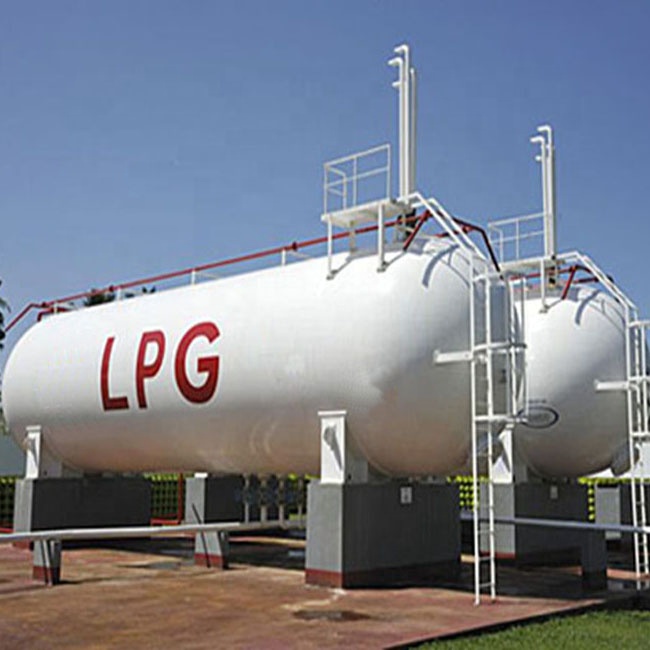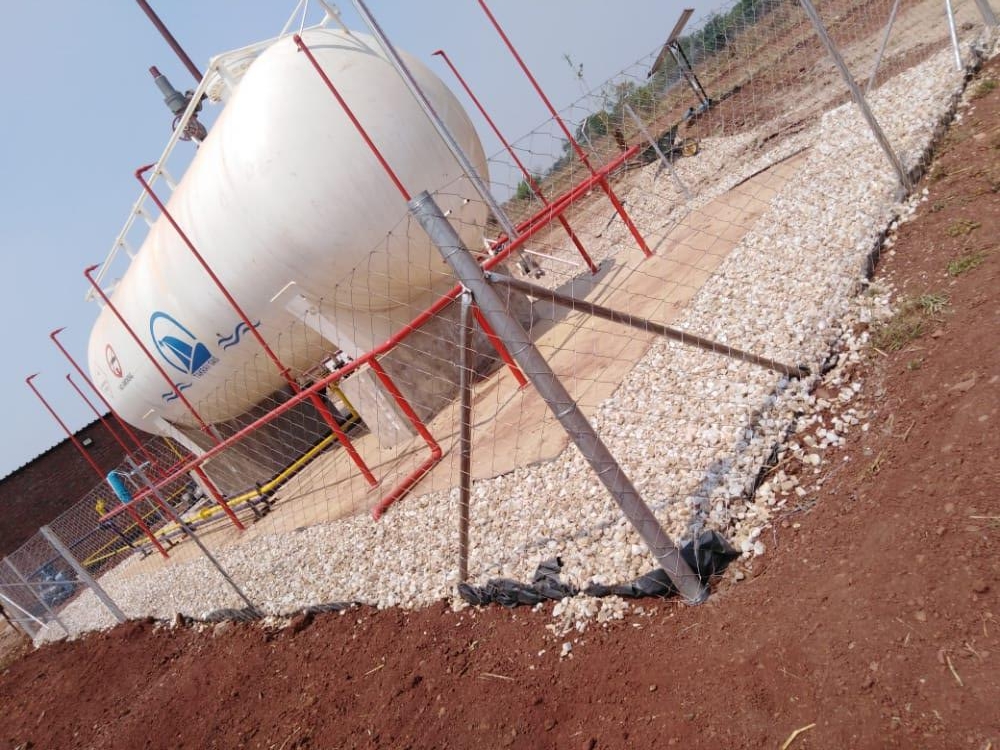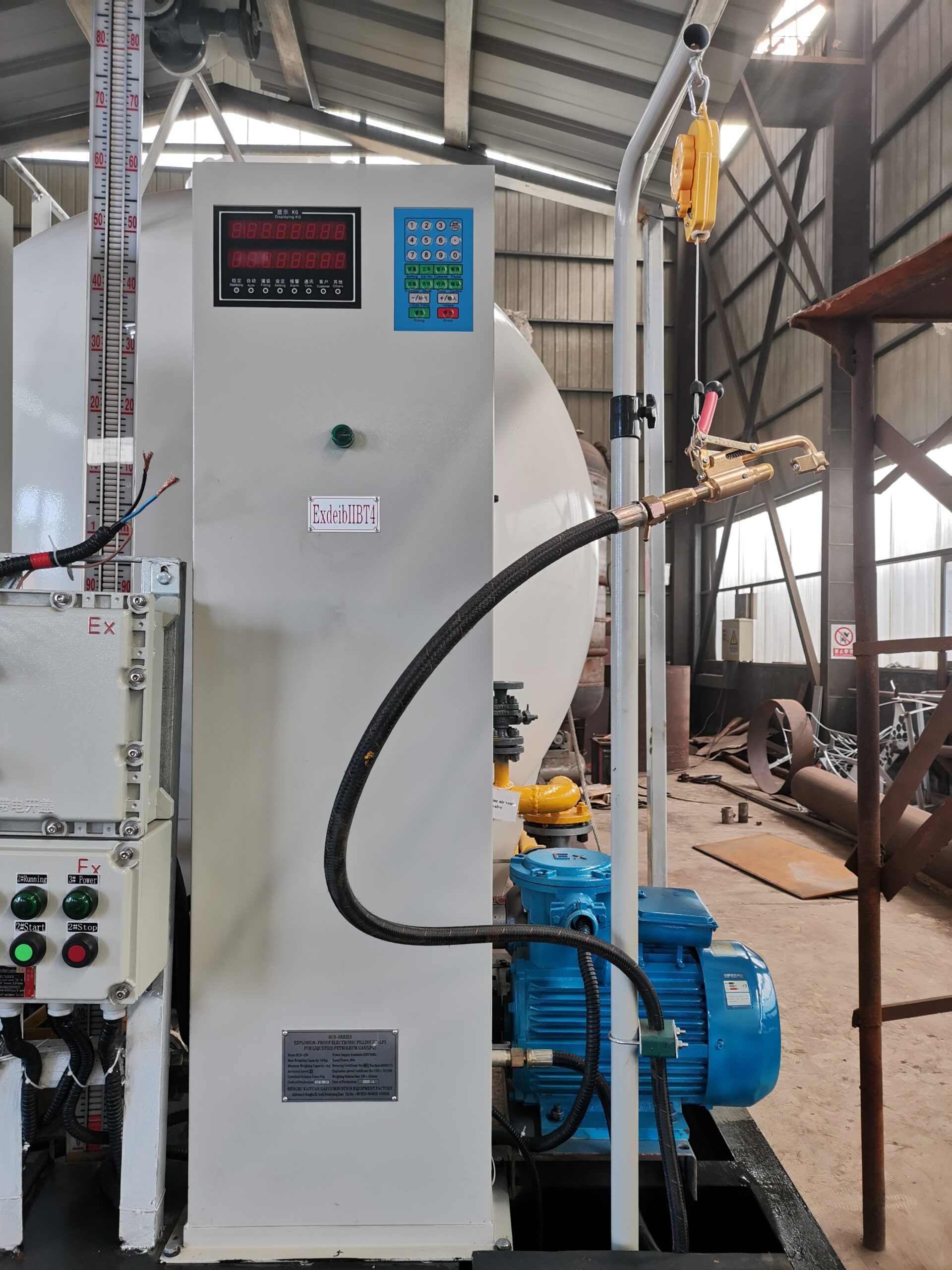Home » LPG station » how to start LPG station business
how to start LPG station business
Starting an LPG (liquefied petroleum gas) station business involves several steps, and it’s important to adhere to safety regulations and industry standards. Here’s a general guide to h...
Contact US
Get Price
Share:
Content
Starting an LPG (liquefied petroleum gas) station business involves several steps, and it’s important to adhere to safety regulations and industry standards. Here’s a general guide to help you get started:
- Research and Planning:
- Market Research: Assess the demand for LPG in your target area. Understand your potential customers, including households, businesses, and industries.
- Regulations: Familiarize yourself with local, state, and national regulations governing the LPG industry. Ensure compliance with safety, environmental, and zoning requirements.
- Business Plan:
- Develop a comprehensive business plan outlining your business goals, target market, financial projections, and operational plan. This document will be crucial when seeking funding or partnerships.
- Legal and Regulatory Compliance:
- Obtain all necessary permits and licenses from relevant authorities. This may include environmental permits, zoning permits, safety certificates, and more.
- Ensure compliance with safety standards, as LPG is a highly flammable substance.
- Site Selection:
- Choose a suitable location for your LPG station. Consider factors such as accessibility, safety, and proximity to potential customers.
- Infrastructure and Equipment:
- Invest in the necessary infrastructure, including storage tanks, dispensers, safety systems, and other equipment. Ensure that all equipment meets safety and regulatory standards.
- Work with reputable suppliers for your LPG equipment.
- Safety Measures:
- Implement rigorous safety measures to protect your customers, employees, and the community. This includes proper installation of safety devices, fire prevention measures, and employee training.
- Insurance:
- Obtain insurance coverage for your LPG station to protect against potential risks and liabilities.
- Staffing:
- Hire and train staff who are knowledgeable about LPG safety and operations. Ensure that they understand emergency response procedures.
- Marketing and Promotion:
- Develop a marketing strategy to promote your LPG station. Consider advertising, partnerships, and promotions to attract customers.
- Partnerships:
- Establish relationships with LPG suppliers and distributors. Negotiate favorable terms for the supply of LPG to your station.
- Financial Management:
- Manage your finances effectively, including budgeting, accounting, and monitoring cash flow. Consider seeking financial advice from professionals.
- Launch and Operations:
- Launch your LPG station with a promotional event to attract attention. Ensure smooth operations from day one, and be prepared to address any issues that may arise.
- Continuous Improvement:
- Regularly assess your operations and look for opportunities to improve efficiency, safety, and customer satisfaction.
It’s important to note that the specifics of starting an LPG station can vary depending on your location and the regulatory environment. Consulting with industry experts, regulatory authorities, and legal professionals can provide valuable insights tailored to your specific situation.
Inquiry
More LPG station






























